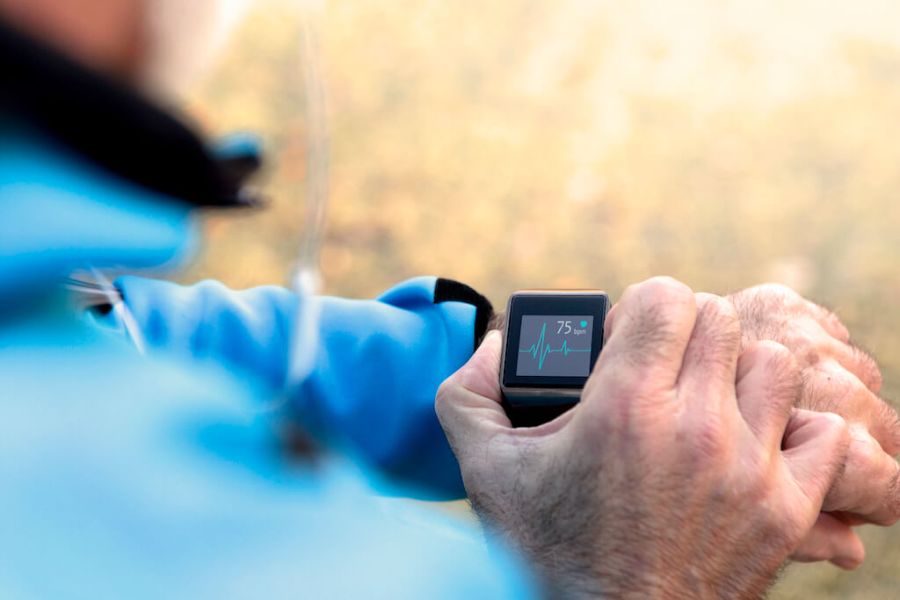Matthew Rowe, lifestyle health adviser at Bupa Health Clinics, explains what the numbers on your fitness wearables actually mean.
What is Heart Rate?
Put simply, your heart rate is the number of times your heart beats in one minute.
Several things can influence your heart rate, including your age, any medical conditions, your diet, medication and fitness levels.
Healthy Heart Rates
Resting heart rate
A healthy heart rate can vary depending on a few factors, but typically an adult’s resting heart rate is somewhere between 60 and 100 beats per minute (BPM).
Another thing that can influence your resting heart rate is your fitness level: the fitter you are, the lower your resting heart rate is likely to be – for example, an athlete’s resting heart rate may be between 40 and 60 BPM.
If you find that your resting heart rate is continuously high or continuously low (above 120 BPM or below 40 BPM), it’s worth visiting your GP.
RELATED: 10 Ways to Hack your Biological Age to Look and Feel Younger
Active heart rate
When you work out, the muscles you’re working need more oxygen to perform effectively.
You should aim for a target heart rate between 60 and 80 per cent of your maximum heart rate – this is the average maximum number of times your heart should beat in a minute during exercise.
Maintain this rate for at least 20 minutes, so that you’re increasing your fitness and strength levels in a way that’s safe for you.

Photography: Getty Images
What is your Maximum Heart Rate?
Your target heart rate will vary depending on your age. A healthy 20-year-old’s target maximum heart rate would be somewhere between 120 and 160 BPM, but a healthy 40-year-old’s will be slightly lower (108-144 BPM).
Here’s a simple way to calculate your maximum heart rate: firstly, take your age and subtract that number from 220. Your target heart rate is based on 60-80 per cent of that calculation.
For example, if you’re 28, that would make your maximum heart rate 192 BPM. 60-80 per cent of that target means that you should aim to raise your heart rate somewhere between 115 and 154 BPM during exercise.
How to Lower your Heart Rate Safely and Effectively
1. Keep fit
Start by making a commitment to exercise regularly. Anything that gets your heart rate up and keeps it high for a short time afterwards will help to reduce your recovery time and improve your fitness levels.
2. Reduce your stress
Implement stress-busting exercises like yoga into your routine. There are lots of free apps, like Headspace, that will ease you in.
3. Tweak your diet
Regular exercise and reducing stress levels are both good ways to keep your heart rate down in a healthy way, but be mindful that your diet – including caffeine intake – can increase your heart rate.
The usual rules of good health apply: stick to a varied diet rich in fruits, vegetables, lean proteins, nuts, and legumes. While omega-3 fats – found in oily fish, nuts and seeds – can have a direct impact on the health of your heart.
For your own heart health assessment, visit bupa.co.uk









